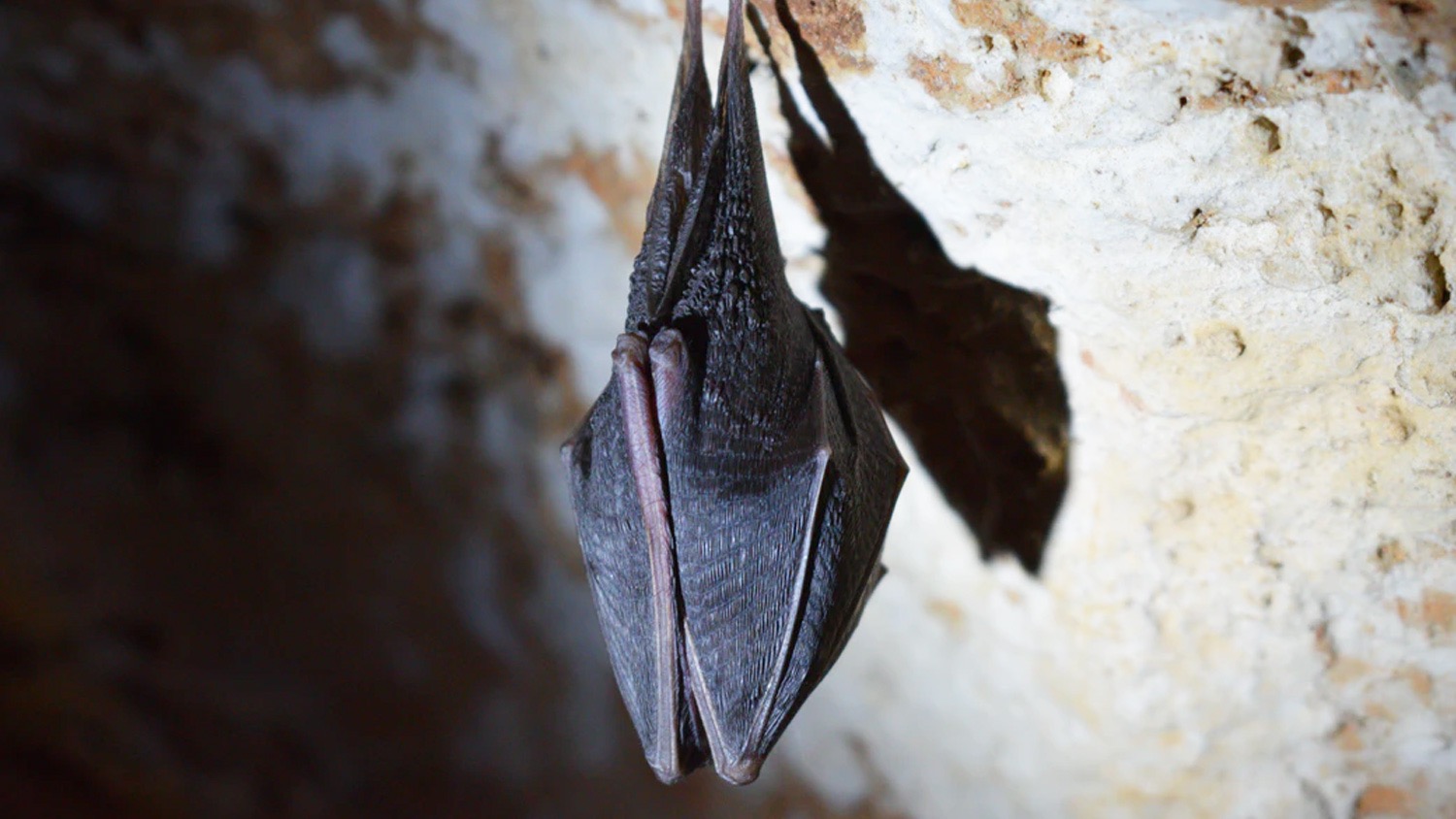

Articles
What Do Bats Sound Like In Your Attic
Modified: October 20, 2024
Learn about the eerie sounds of bats in your attic and discover helpful articles on how to deal with this common nuisance.
(Many of the links in this article redirect to a specific reviewed product. Your purchase of these products through affiliate links helps to generate commission for Storables.com, at no extra cost. Learn more)
Introduction
Welcome to your comprehensive guide on “What Do Bats Sound Like in Your Attic.” Bats are fascinating creatures that often find their way into attics for roosting and breeding. While their presence may seem harmless at first, it is essential to understand the sounds they make and the potential risks they pose in order to take appropriate action.
Identifying the sounds of bats in your attic is crucial in determining their presence and taking necessary steps to address the issue. Bats are nocturnal animals, so it is common to hear their activity during the night. By familiarizing yourself with the sounds they make, you can distinguish them from other household noises and minimize any potential risks.
In this article, we will explore the different types of sounds bats make, the reasons behind their choice of attics as roosting spots, the potential dangers of bat infestations, and the necessary steps to safely remove them from your attic. Additionally, we will discuss preventive measures to keep bats away from your home in the future.
Understanding the world of bats and the sounds they produce will not only help you identify their presence but also enable you to take swift and appropriate action to address the situation. So, let’s dive in and unravel the mysteries of bat sounds in your attic!
Key Takeaways:
- Identifying the presence of bats in your attic through their unique sounds and taking prompt action is crucial to prevent potential risks to your property and health.
- Safely removing bats from your attic and implementing preventive measures, such as sealing entry points and installing bat boxes, can create a bat-free environment while respecting wildlife conservation regulations.
Read more: What Do Bats Sound Like In A Chimney
Identifying the Presence of Bats
Identifying the presence of bats in your attic is the first step in addressing the issue and implementing appropriate measures. While sightings of bats themselves are a clear indication, they are nocturnal animals and are often more difficult to spot directly. However, there are other signs to look out for.
One of the most common signs of bat infestation in an attic is the presence of guano, or bat droppings. Bat droppings are similar in appearance to mouse droppings but have a distinct odor. They are typically found in concentrated areas, often near entry points or where bats roost. If you come across small piles of droppings in your attic, it could be a strong indication of a bat infestation.
Another sign to watch out for is the presence of urine stains. Bats urinate while in flight, so stains and discoloration on floors, walls, and ceilings are a clear indicator of their presence. The urine stains may appear as dark spots or streaks and often emit a strong ammonia-like odor.
Additionally, observing claw marks and oily smudges around entry points can indicate bat activity. Bats have sharp claws that they use for climbing walls and surfaces. As they enter and exit your attic, these marks may become visible, especially near cracks, vents, or gaps.
Lastly, listening attentively for sounds coming from your attic during the night can also offer clues. Bats produce unique high-pitched chirping noises that are often audible when they are active. We will delve deeper into the sounds bats make in the next section.
If you notice any of these signs in your attic, it is crucial to take immediate action. Bat infestations can grow rapidly, and addressing the issue promptly will help prevent further damage to your property and mitigate any health risks associated with bats.
Why Bats Choose Attics
Bats are known for their preference to roost in attics, and understanding the reasons behind this behavior can help you address and prevent bat infestations in your home.
One primary reason bats choose attics is the availability of a suitable roosting environment. Attics provide bats with a dark, quiet, and secure space away from predators and harsh weather conditions. The warmth and insulation provided by attics make them an appealing shelter for bats, especially during colder months or when raising their young.
Another contributing factor is the accessibility of attics. Bats can easily find their way into attics through small openings, gaps, or cracks in the exterior of your home. Common entry points include damaged roof tiles, unscreened vents, broken windows, and unsealed gaps in the eaves or siding. Once bats discover an entry point, they can navigate through narrow gaps and access your attic.
Bats are also attracted to attics due to the abundance of insects. Attics often harbor a variety of insects, such as moths, mosquitoes, and beetles, which serve as a primary food source for bats. Nesting in an attic allows bats to have easy access to a consistent food supply, making it an attractive location for them to establish their roost.
Furthermore, the elevated position of attics provides bats with a vantage point for navigation and hunting. Bats are highly skilled flyers and rely on echolocation to navigate and locate prey. The open space and height of attics offer ample opportunities for bats to fly and hunt effectively.
It is essential to recognize that bats are protected animals in many regions due to their importance in maintaining ecological balance and controlling insect populations. If you suspect bat activity in your attic, it is crucial to handle the situation responsibly and seek professional assistance to ensure the bats are safely removed and relocated.
Sounds of Bat Activity in the Attic
If you suspect the presence of bats in your attic, listening for the sounds they make can help confirm your suspicions. Bats are nocturnal creatures, and their activity in the attic usually occurs during the night. Here are some of the common sounds associated with bat activity:
- Chirping or squeaking: Bats communicate with each other through a series of high-pitched chirping or squeaking sounds. These vocalizations can range from soft to loud and are often heard as bats socialize, communicate territorial boundaries, or engage in courtship behaviors.
- Flapping wings: When bats take flight, the sound of their wings flapping can be audible. The flapping sound is distinctive and has a fluttering quality due to the structure of bat wings. You may hear this sound as bats navigate within your attic or when they are entering or leaving through entry points.
- Scratching or rustling: Bats may create scratching or rustling sounds as they move around in the attic. This noise is typically the result of bats crawling, hanging, or repositioning themselves within the roosting area. The sound may be faint but noticeable, especially in quiet surroundings.
- Calling or buzzing: Some species of bats emit buzzing or calling sounds, which may resemble a low-frequency hum or vibration. These sounds are often produced during echolocation, a process bats use to navigate and locate objects or prey in the dark. The buzzing or calling can be more prominent when bats are in close proximity to walls or objects in the attic.
It is important to remember that the intensity and frequency of these sounds can vary depending on factors such as the number of bats present, their activity level, and the acoustics of your attic. If you suspect bat activity, try to listen carefully during the night when the surroundings are quieter, and other human-generated noises are minimal.
Keep in mind that some sounds, such as scratching or rustling, can also be produced by other animals or household pests. To confirm bat activity, it is best to consult a professional wildlife specialist who can conduct a thorough inspection and identify the source of the sounds accurately.
Understanding the sounds of bat activity in your attic can help you determine if bats have taken up residence in your home. Identifying their presence is the first step towards safely removing them and implementing preventive measures to avoid future infestations.
Types of Noises Bats Make
Bats produce a variety of noises that serve different purposes, from social communication to echolocation. Understanding the types of noises bats make can help you identify their presence and behavior in your attic. Here are some common noises associated with bats:
- Chirping: Chirping is one of the most common sounds bats make. It is a high-pitched vocalization used for communication among bats within a colony. The chirping sound can vary in pitch and intensity depending on the species and the specific situation, such as courtship or territorial disputes.
- Squeaking: Squeaking noises are another form of vocalization used by bats. These sounds are often emitted when bats are in close proximity to each other or during social interactions. Squeaking can also occur when young bats communicate with their mothers.
- Screeching: Screeching sounds are typically associated with distress or agitation in bats. When threatened or alarmed, some bat species emit loud screeches to warn predators or potential threats. These screeches can be high-pitched and piercing.
- Flapping wings: Bats have unique wing structures that enable them to fly and maneuver. The sound of their wings flapping can be audible, especially in confined spaces like attics. The flapping noise is a result of the flexible nature of bat wings, which create a fluttering sound as they move through the air.
- Echolocation calls: Echolocation is a fascinating ability possessed by bats, allowing them to navigate and locate prey in the dark. Bats emit high-frequency calls that bounce off objects, providing them with information about their surroundings. These calls are often too high-pitched for humans to hear without specialized equipment.
It is important to note that the specific noises bats make can vary depending on the species and the situation. Some species may produce unique vocalizations that are not commonly found in other bat species. Additionally, the intensity and frequency of the noises can be influenced by factors such as the number of bats present, their behavior, and the acoustic properties of your attic.
If you hear any of these distinctive bat noises in your attic, it is crucial to take action and address the issue promptly. Consulting a professional wildlife specialist will help you accurately identify the source of the noises and develop a safe and effective plan for removing the bats from your attic.
Understanding the various types of noises bats make can provide valuable insights into their behavior and presence in your attic. By familiarizing yourself with these sounds, you can better assess the situation and take appropriate measures to resolve any bat-related issues.
If you hear scratching, squeaking, or flapping noises in your attic, it could be a sign of bats. Contact a professional wildlife removal service to safely and humanely remove the bats from your attic.
Read more: What Do Mice In The Attic Sound Like
Distinction Between Bat Sounds and Other Animal Noises
When you hear noises in your attic, it’s important to determine whether they are caused by bats or other animals. While it can sometimes be challenging to distinguish between the sounds, there are a few key factors that can help you make a distinction:
- Pitch and frequency: Bats produce high-pitched noises, particularly during their vocalizations and echolocation calls. These sounds can reach frequencies that are often beyond the range of human hearing. On the other hand, most other animals, such as rodents or squirrels, tend to produce lower-pitched and less shrill noises.
- Repetitive patterns: Bat sounds, especially their vocalizations, often consist of repeated patterns of chirping or squeaking. These patterns can sometimes be rhythmic and distinct. Other animal sounds, like scratching or scurrying, are usually less consistent and more sporadic in nature.
- Movement sounds: Bats have unique wing structures that allow for smooth and quiet flight. The flapping of their wings produces a distinct sound that can be heard in your attic. Other animals, such as rodents, may create more noticeable noises like scurrying or clawing as they move around.
- Time of activity: Bats are primarily nocturnal creatures, meaning their activity levels are highest during the night. If you hear the noises exclusively during nighttime hours, it’s more likely that bats are the source. However, if the sounds occur throughout the day, it could indicate the presence of diurnal animals like squirrels or birds.
- Frequency and duration: Bats are known to have fast and continuous flight patterns, causing their sounds to be frequent and relatively sustained. Other animals may create less frequent and shorter bursts of noise as they move around or interact with their environment.
While these factors can assist in distinguishing between bat sounds and those of other animals, it is essential to exercise caution and seek professional assistance for accurate identification. A wildlife specialist can conduct a thorough inspection, assess the noises, and determine the source of the activity in your attic.
Remember, bats are protected species in many regions, and it’s important to handle their presence with care. Consult with professionals who can provide humane solutions to safely remove bats from your attic while ensuring their welfare.
By understanding the distinctions between bat sounds and other animal noises, you can take appropriate action to address any wildlife-related issues in your home while ensuring the safety and well-being of all creatures involved.
Potential Dangers and Risks of Bat Infestations
While bats are beneficial for the ecosystem, having a bat infestation in your attic can pose certain risks and dangers to both your home and your health. It’s important to be aware of these potential hazards and take necessary action to address the situation. Here are some of the risks associated with bat infestations:
- Structural damage: Bats can cause structural damage to your attic over time. Their sharp claws can scratch and tear insulation, wiring, and other materials, compromising the integrity of your home. Accumulated bat guano (droppings) can also lead to the deterioration of ceilings, walls, and flooring.
- Health risks: Bats are known carriers of various diseases, some of which can be transmitted to humans. The most well-known disease associated with bats is rabies, although the risk of contracting rabies from bats is relatively low. However, it’s crucial to avoid direct contact with bats and their droppings to minimize the risk of exposure to other bat-borne illnesses such as histoplasmosis.
- Odor and allergens: Bat guano has a distinct and unpleasant odor. The accumulation of bat droppings in your attic can create a foul smell that permeates the entire house. Additionally, bat guano can release spores that may trigger allergies or respiratory issues, especially in individuals with a compromised immune system.
- Parasites and pests: Bats can carry external parasites such as fleas, ticks, and mites. These pests can infest your home, potentially spreading to humans and other household pets. Dealing with both the bats and the associated parasites requires a comprehensive approach to ensure a successful removal process.
- Fire hazards: Bats are known to roost in tight spaces, including attics. If they build nests near electrical wiring or light fixtures, there is a risk of electrical shorts, which can lead to fires. This makes it essential to address bat infestations promptly to mitigate potential fire hazards.
Given these risks, it’s crucial to handle bat infestations carefully and seek professional assistance. Wildlife specialists have the knowledge and experience to safely remove bats from your attic while minimizing the risks to both you and the bats themselves.
Additionally, it’s important to take preventive measures to avoid future bat infestations. Sealing entry points, repairing damaged screens or gaps, and ensuring proper attic ventilation can help deter bats from re-infesting your home.
By understanding the potential dangers and risks associated with bat infestations, you can take proactive steps to protect your home, ensure your health and safety, and promote coexistence with these beneficial creatures.
How to Safely Remove Bats from Your Attic
If you have confirmed the presence of bats in your attic, it is crucial to address the situation promptly and safely. Here are the steps to follow for the safe removal of bats:
- Consult a professional: Bats are protected species in many regions, and it is essential to consult a professional wildlife specialist who is trained and experienced in bat removal. They will have the necessary knowledge and tools to carry out the removal process safely and in compliance with local regulations.
- Inspection and evaluation: The wildlife specialist will conduct a thorough inspection of your attic to assess the extent of the infestation and identify the entry and exit points used by the bats. This evaluation helps create a targeted removal plan and ensures that all potential entry points are addressed.
- Exclusion and sealing: The next step is to exclude the bats from your attic. The specialist will install one-way exclusion devices, such as bat cones or netting, at the entry points. These devices allow the bats to exit the attic but prevent them from re-entering. It is important not to seal the entry points until all bats have left the attic.
- Observation and removal: Once the exclusion devices are in place, the specialist will monitor the bats’ activity to ensure they have successfully left the attic. This can take several days or even weeks, depending on the size of the colony. Once it is confirmed that all bats have left, the devices can be removed, and the entry points can be sealed to prevent re-entry.
- Guano cleanup and sanitization: Bat guano can pose health risks, so it is important to safely remove and clean up any accumulated droppings. The wildlife specialist will use proper protective equipment and follow recommended protocols to ensure the safe removal and disposal of bat guano. They may also sanitize the affected areas to eliminate any potential pathogens or odors.
- Preventive measures: To prevent future bat infestations, it is crucial to address any potential entry points. The wildlife specialist can advise on sealing gaps, repairing damaged screens, and implementing measures to deter bats from reinfesting your attic. Proper attic ventilation should also be ensured.
It’s important to remember that attempting to remove bats on your own can be dangerous and ineffective. Improper handling of bats can result in bites or scratches, leading to possible exposure to diseases. Therefore, hiring a professional ensures the safety of both you and the bats, while also complying with wildlife conservation regulations.
By following these steps and seeking professional guidance, you can safely and effectively remove bats from your attic, protecting your home and promoting coexistence with these valuable creatures.
Prevention and Exclusion Methods to Keep Bats Away
After successfully removing bats from your attic, it’s essential to implement preventive measures to keep them from returning. Here are some effective prevention and exclusion methods to consider:
- Seal entry points: Inspect your home for any openings, cracks, or gaps that could serve as potential entry points for bats. Seal these openings with durable materials such as caulk, weather-stripping, or hardware cloth. Pay close attention to areas around vents, chimneys, rooflines, and soffits.
- Install bat boxes: Construct or install bat boxes in nearby areas such as trees or on the exterior walls of your home. These specially designed boxes provide alternative roosting spaces for bats, encouraging them to choose these locations instead of your attic.
- Trim tree branches: Trim tree branches that are close to your home, as bats can use them as pathways to access your attic. By keeping branches at a safe distance, you reduce the chances of bats reaching your home’s entry points.
- Secure vents and openings: Install mesh screens or hardware cloth over vents, chimneys, and other openings to prevent bats from entering. Ensure that these screens have a mesh size small enough to keep bats out while allowing proper ventilation.
- Maintain attic cleanliness: Keep your attic free of clutter and open food sources. A clean and tidy attic reduces the attractiveness of the space to bats and other pests.
- Install proper attic insulation: Ensure that your attic has adequate insulation to maintain a comfortable temperature. Proper insulation can help deter bats as they prefer warm environments.
- Regular inspections: Conduct regular inspections of your home’s exterior and attic to look for signs of potential bat entry, such as damaged screens, gaps, or new cracks. Fix any issues promptly to prevent bats from gaining access to your attic.
- Outdoor lighting: Use outdoor lighting strategically to minimize attracting insects, which are a food source for bats. Consider using motion sensor or yellow insect-repellent lights that are less appealing to insects.
- Consult professionals: If you’re unsure about the effectiveness of preventive measures or need assistance, consult with a professional wildlife specialist. They can provide expert advice and guidance tailored to your specific situation.
By implementing these prevention and exclusion methods, you can significantly reduce the likelihood of bats returning to your attic and minimize the risk of future infestations. It’s important to prioritize these preventive measures to maintain a bat-free home environment while respecting the ecological importance of bats in the wild.
Read more: What Do Raccoons Sound Like In The Attic
Conclusion
In conclusion, understanding the sounds bats make in your attic is crucial for identifying their presence and taking appropriate action. By familiarizing yourself with the types of noises bats produce, such as chirping, flapping wings, and echolocation calls, you can differentiate them from other animal sounds. This knowledge allows you to address bat infestations effectively and minimize potential risks.
Bats choose attics as roosting spots due to the darkness, security, and abundance of insects. While they play a vital role in our ecosystem, their presence in attics can lead to structural damage, health risks, and nuisances such as odors and parasites. Therefore, it’s important to take prompt action to safely remove bats from your attic.
The safe removal of bats requires consulting a professional wildlife specialist who can conduct a thorough inspection, implement exclusion methods, and address any potential dangers. Once the bats have been safely removed, it is crucial to clean and sanitize the affected areas to minimize health risks.
Preventing bat infestations and keeping them away from your attic involves sealing entry points, installing bat boxes as alternative roosting spaces, trimming tree branches, and maintaining attic cleanliness. Regular inspections and consulting professionals can ensure the efficacy of these preventive measures.
By understanding the risks involved and implementing these preventive methods, you can create a bat-free environment in your home while promoting the coexistence of bats in the wild. Remember to handle bat infestations with care, respect wildlife conservation regulations, and seek professional guidance for safe and responsible bat removal.
With these insights, you are now equipped to navigate the world of bat sounds in your attic. Stay vigilant, take appropriate measures, and enjoy a peaceful and bat-free living space.
Frequently Asked Questions about What Do Bats Sound Like In Your Attic
Was this page helpful?
At Storables.com, we guarantee accurate and reliable information. Our content, validated by Expert Board Contributors, is crafted following stringent Editorial Policies. We're committed to providing you with well-researched, expert-backed insights for all your informational needs.
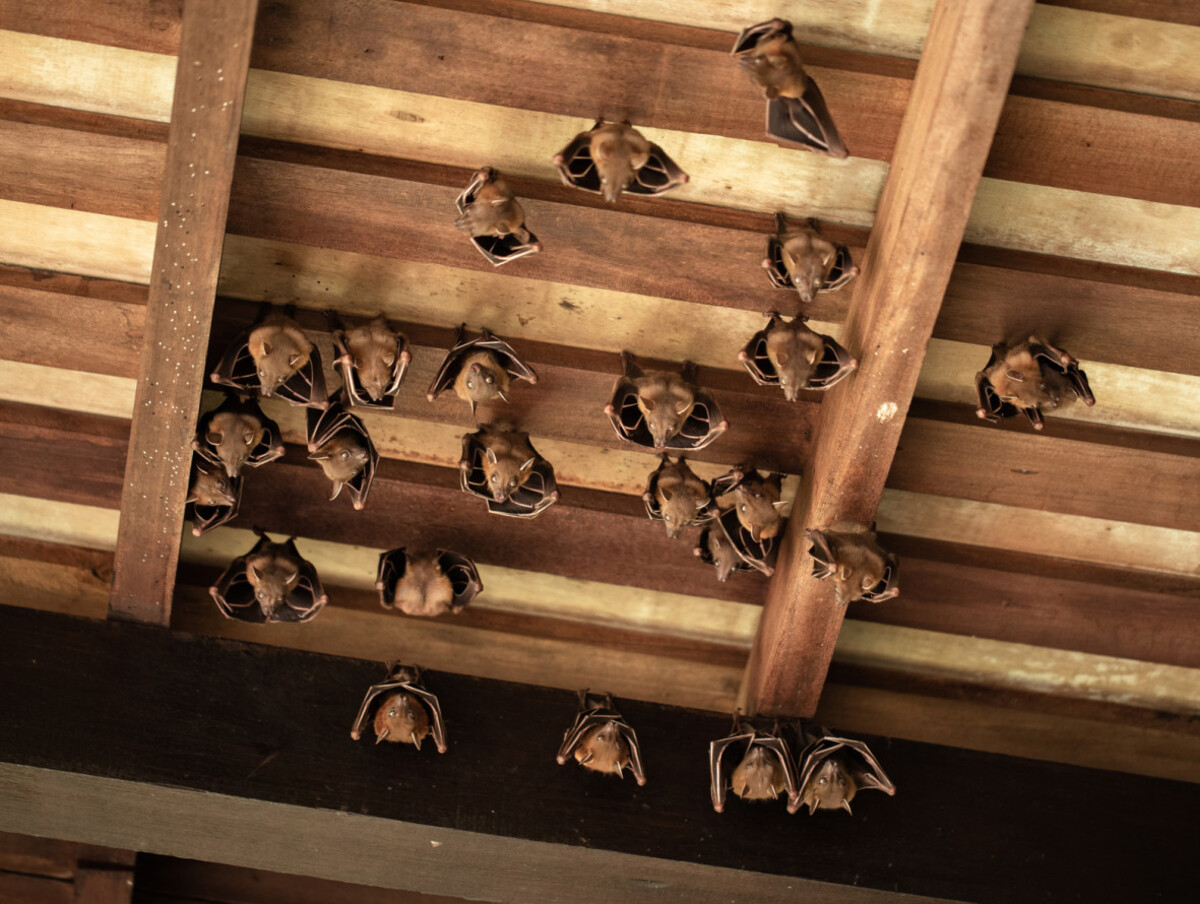
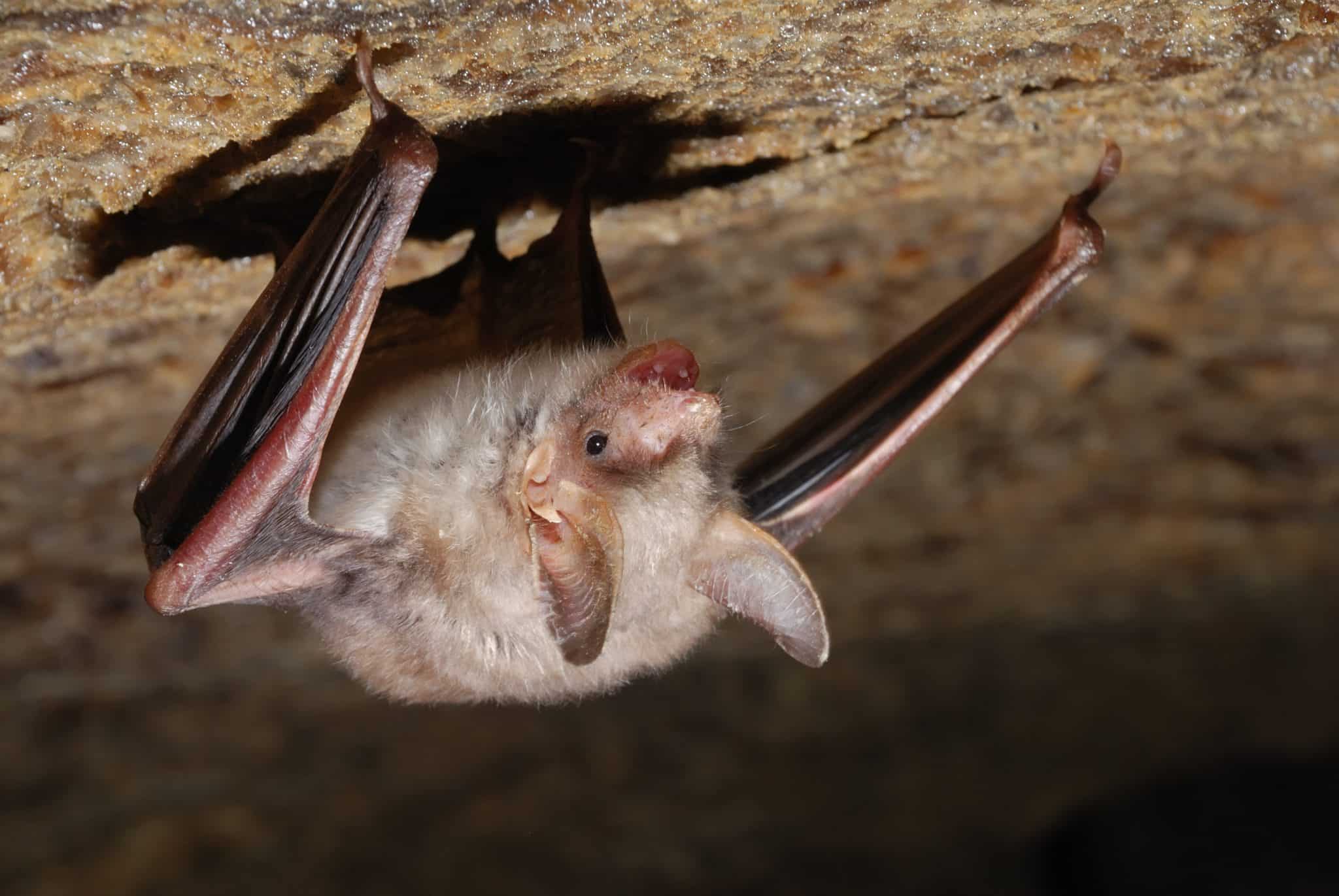
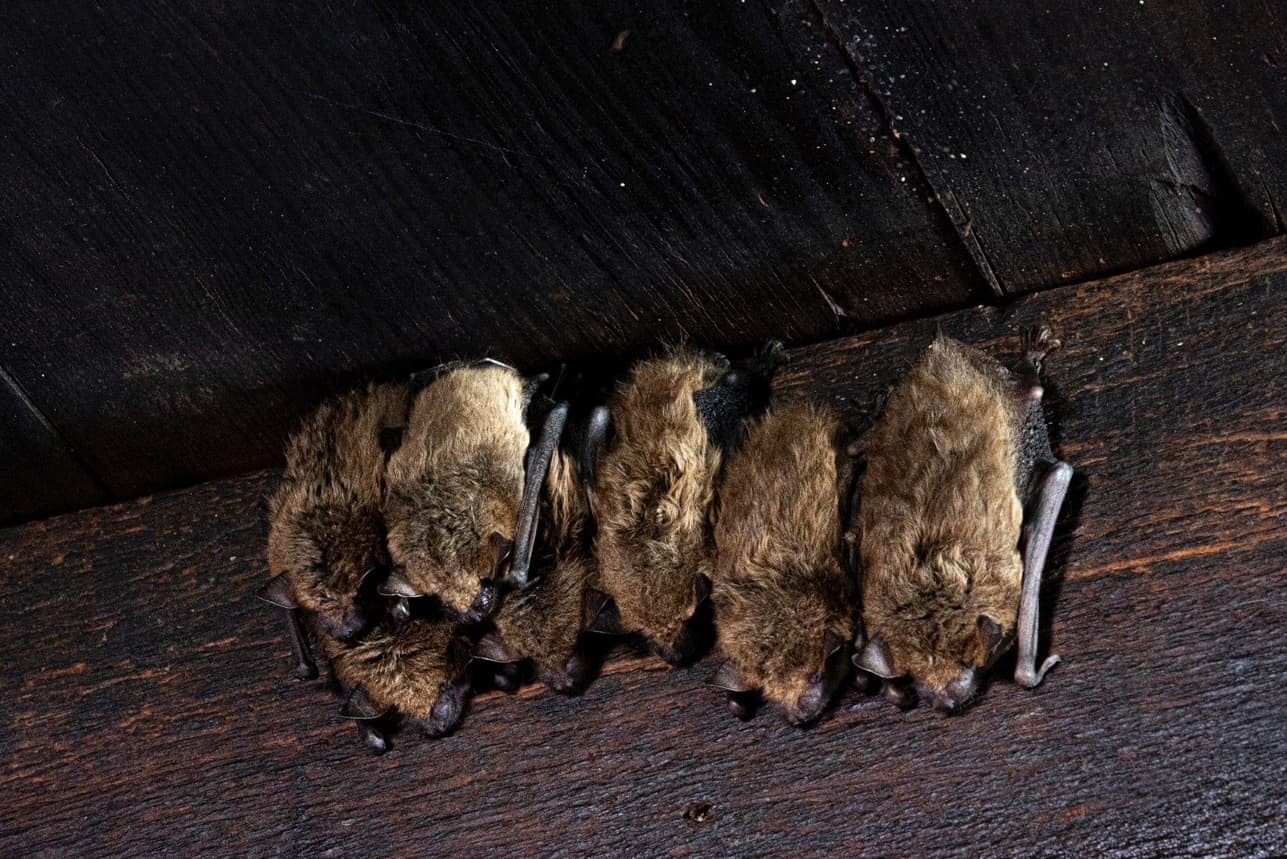
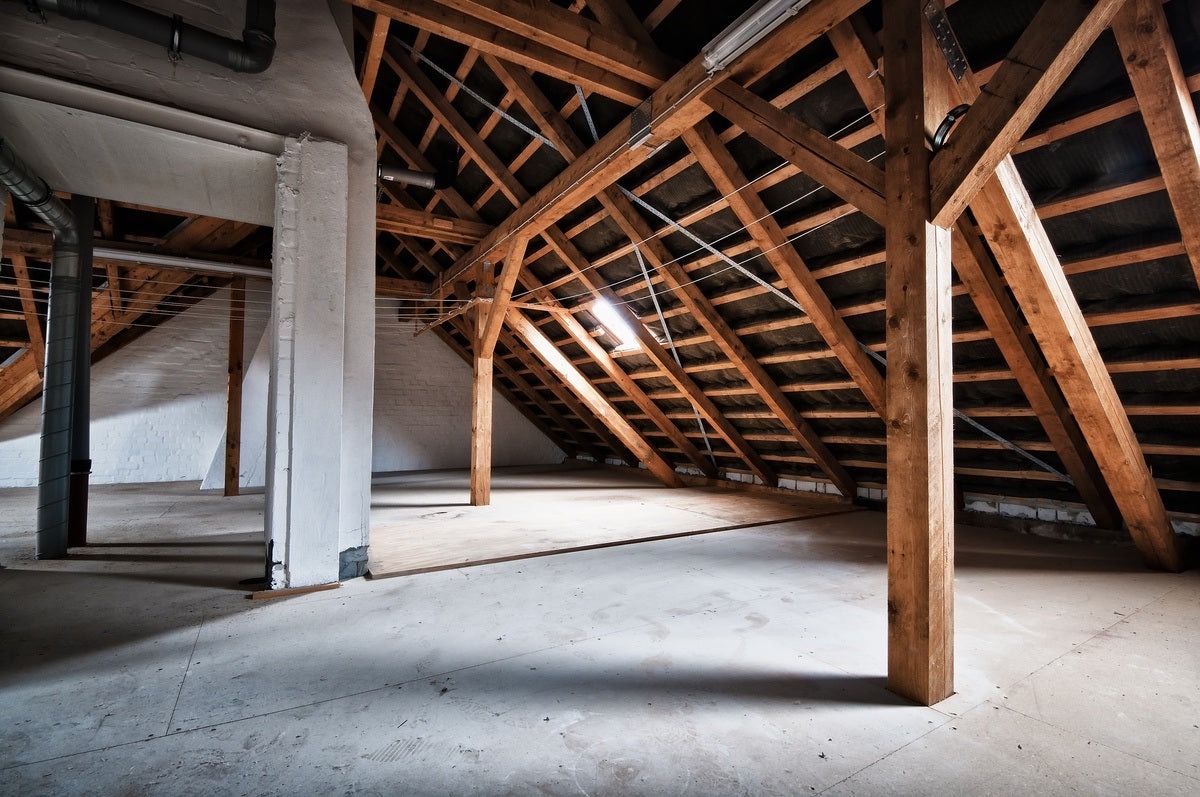
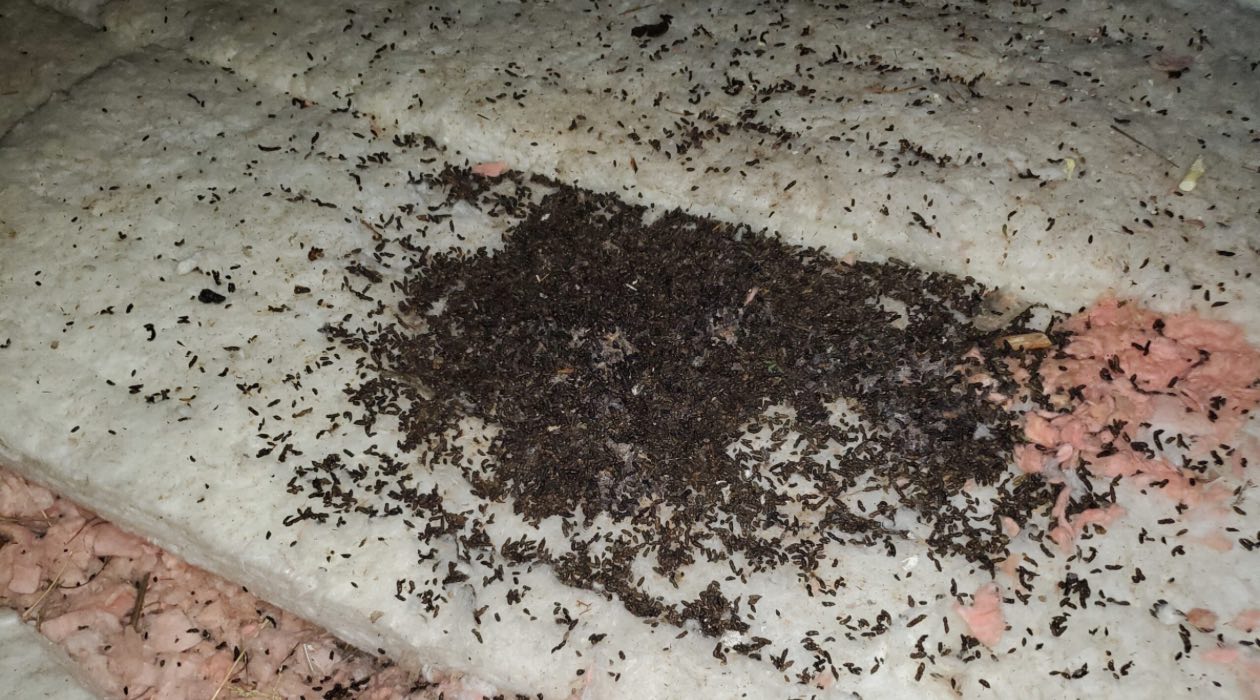



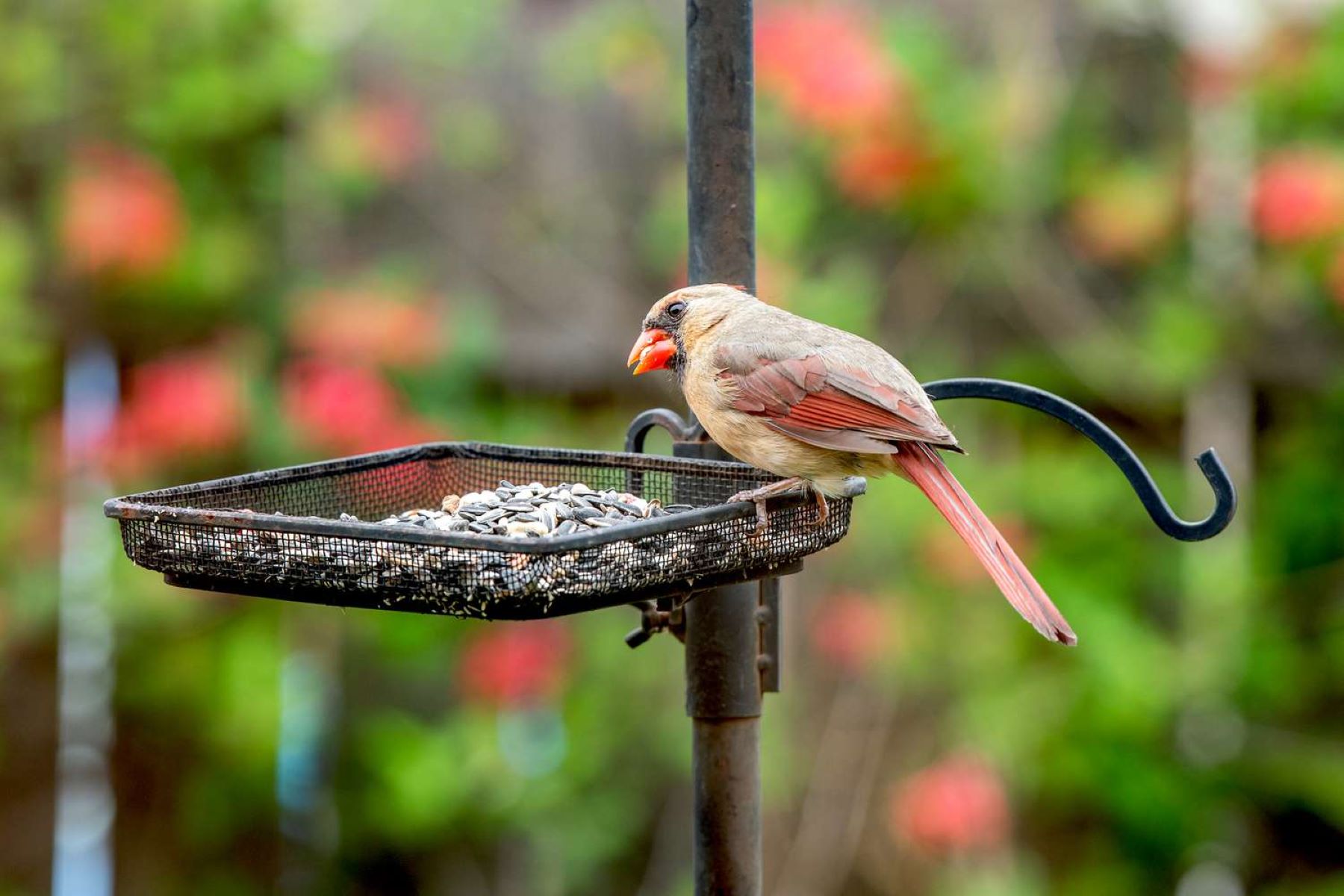
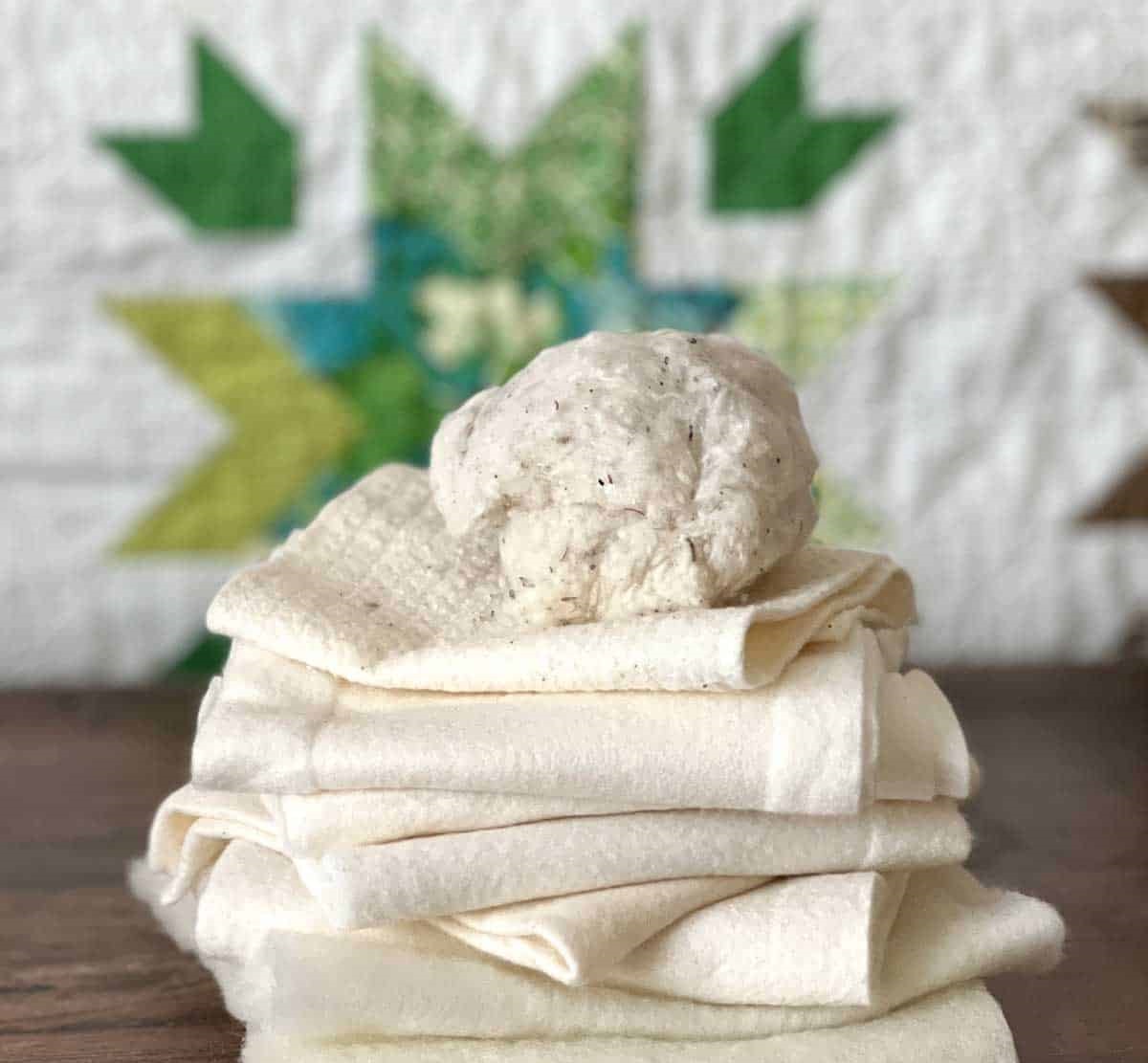

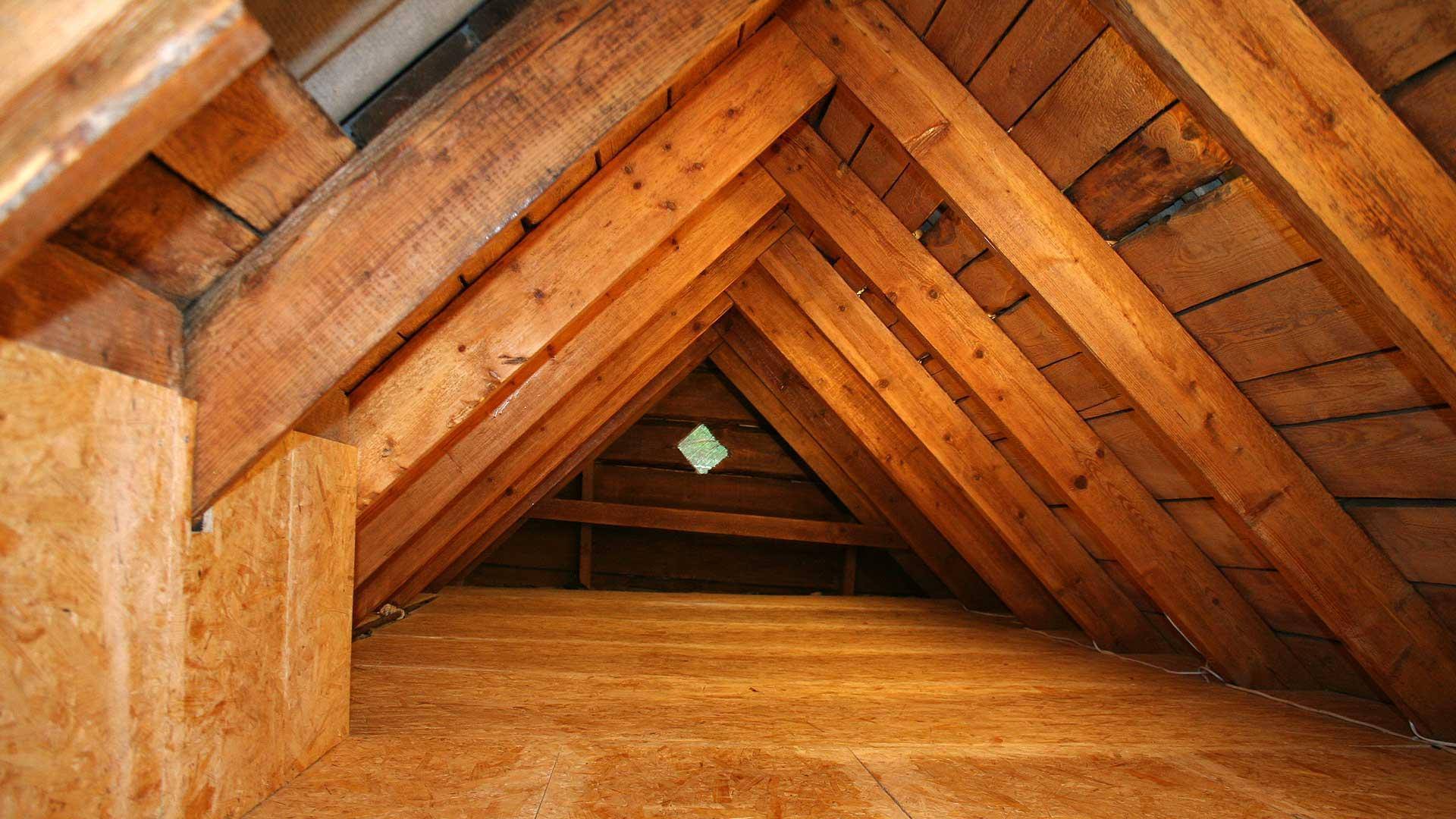
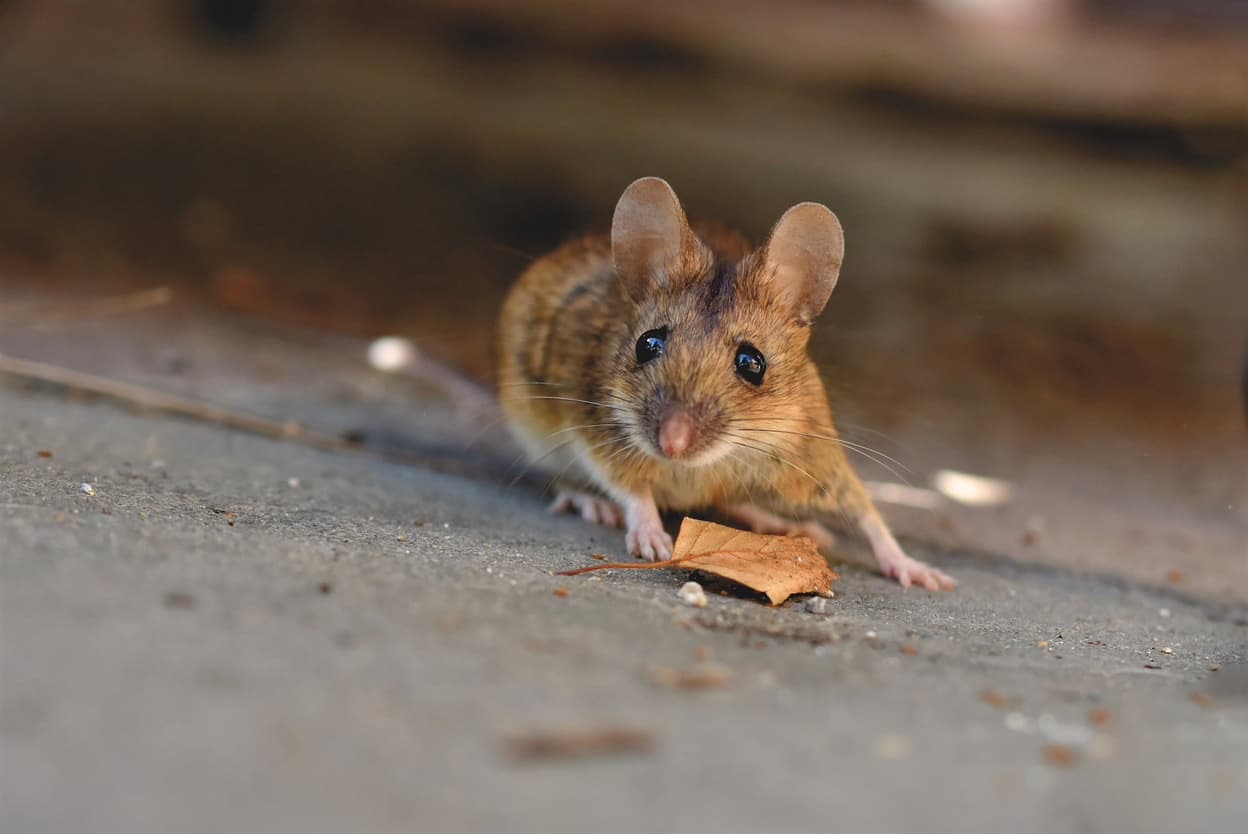

0 thoughts on “What Do Bats Sound Like In Your Attic”